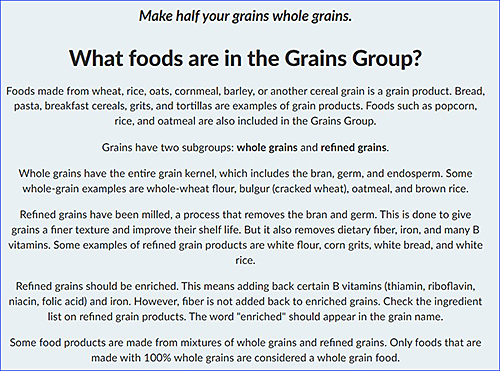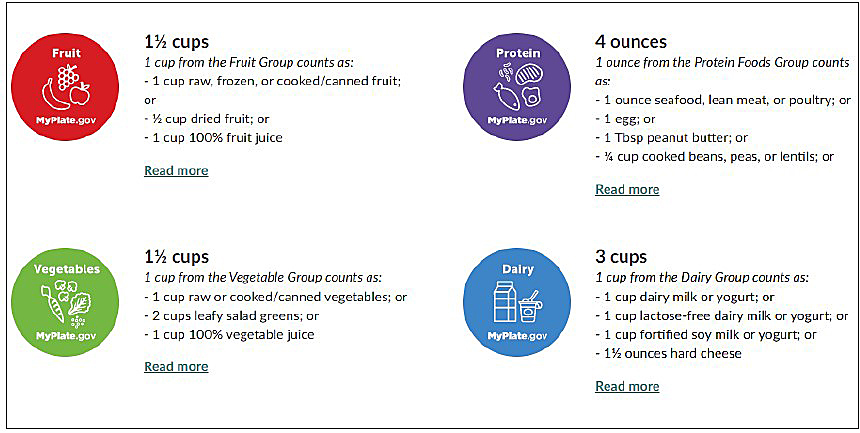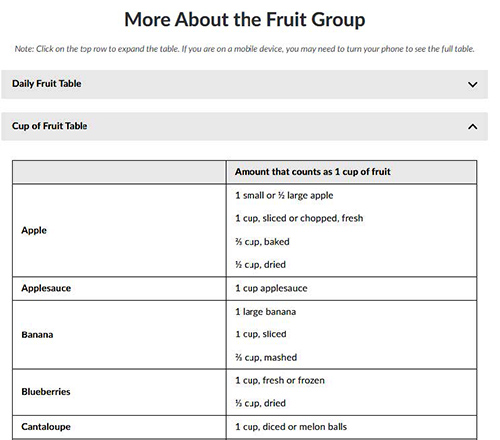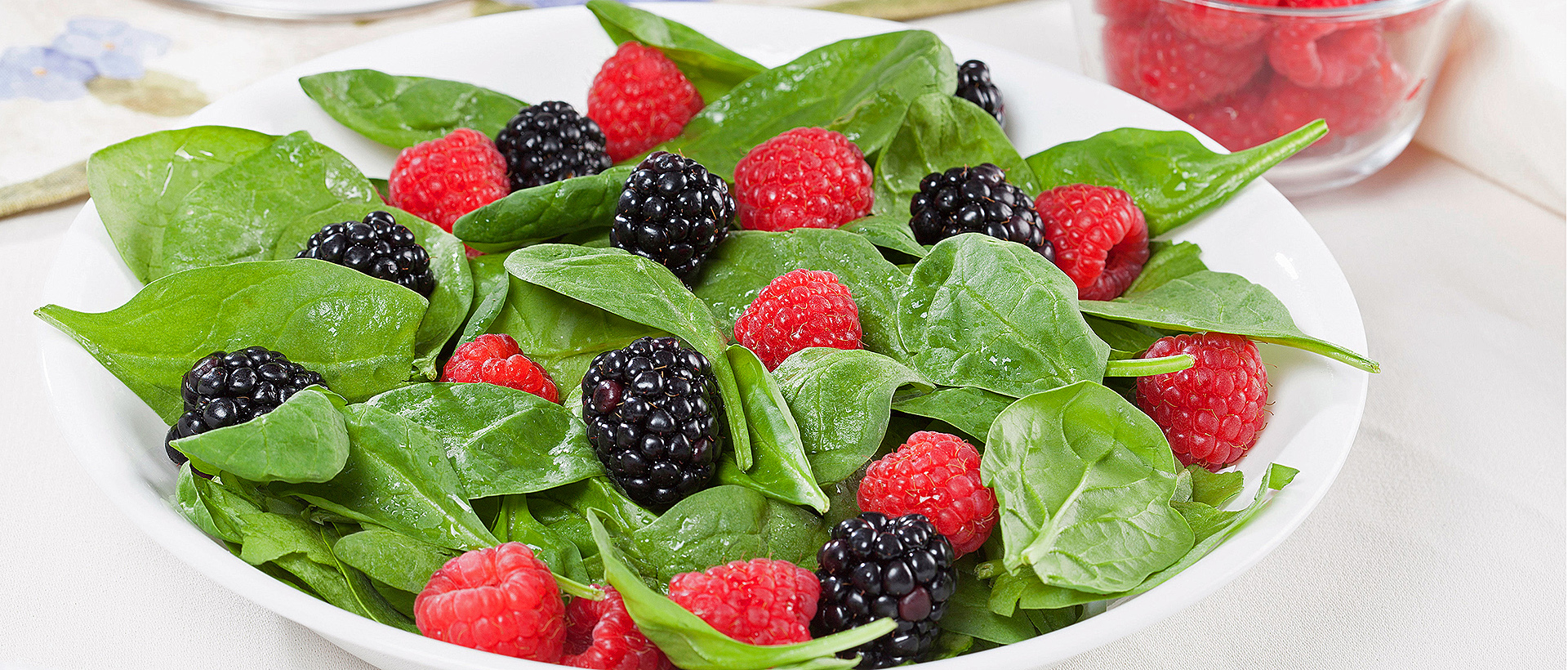How Does Your Plate Stack Up?
What you eat matters, from your overall health to your stress levels to your everyday activities. What we put on our plates for breakfast, lunch, and dinner affect our mood, energy, and well-being.
What do your food plates look like, and how do they compare to the USDA’s MyPlate? Let’s find out.
About the Experiment
In this challenge, you’ll first see how your plates stack up against MyPlate. Next, you will determine which food groups you need more of or less of to meet your targeted goals for eating. Finally, you will assess what changes you can make overall to your diet to help ensure a healthy lifestyle.

What You'll Need
-
Laptop or smartphone with internet service
-
Pencil and paper or a logsheet (see appendix A)
-
Calculator
Let's Do This!
Let’s start by looking at your current food plate selections. Use a sheet of paper or the spreadsheet in this challenge to log your daily amount (cups or ounces) of fruits, vegetables, protein, grains, and dairy (or dairy substitute). If you are unsure which items fall under those categories, visit What is MyPlate, scroll down to “MyPlate Messages,” and click “More Information” under each food group.

Next, go to the USDA MyPlate site and click “Start” under "Get Your MyPlate Plan"

Answer the questions and then click “Calculate Food Plan.” You will then receive a count of your recommended daily allotment of calories. Click the calories link to get a more detailed look at your dietary guidelines, including your daily recommendations for fruit, protein, vegetables, grains, and dairy (or dairy substitute).

Click “Read more” for each food group to view the daily recommendations by age and also to see how much of a certain fruit item, such as apple sauce, counts as a cup/ounce.

Use your sheet of paper or the spreadsheet to record how much of each food group you are eating per day (ex, 1/2 cup of vegetables) and how much of each food group is recommended daily (ex, 2 cups vegetables). Calculate the difference.
How Did Your Plate Stack Up?
-
Which food groups did you meet for your daily recommended intake?
-
Which food groups did you not meet for your daily recommended intake?
-
How do your food plates compare with the rest of your family or friends?
-
Which food group is your biggest challenge of meeting the guidelines and why?
-
What most surprised you about what you eat and what is recommended?
-
How can meal prep, including making a detailed grocery list and planning meals in advance, help you meet your nutritional goals?
-
How will this challenge change your daily food plate for breakfast, lunch, dinner, and snacktime?
Resources
For more information on eating healthy, explore the Nutrition Corner.
For more fun and interesting projects, check out AgLab's Science Projects.



